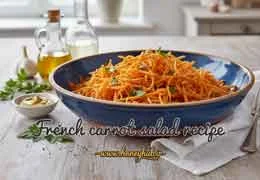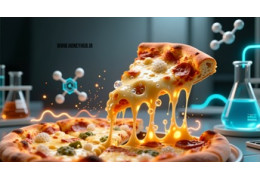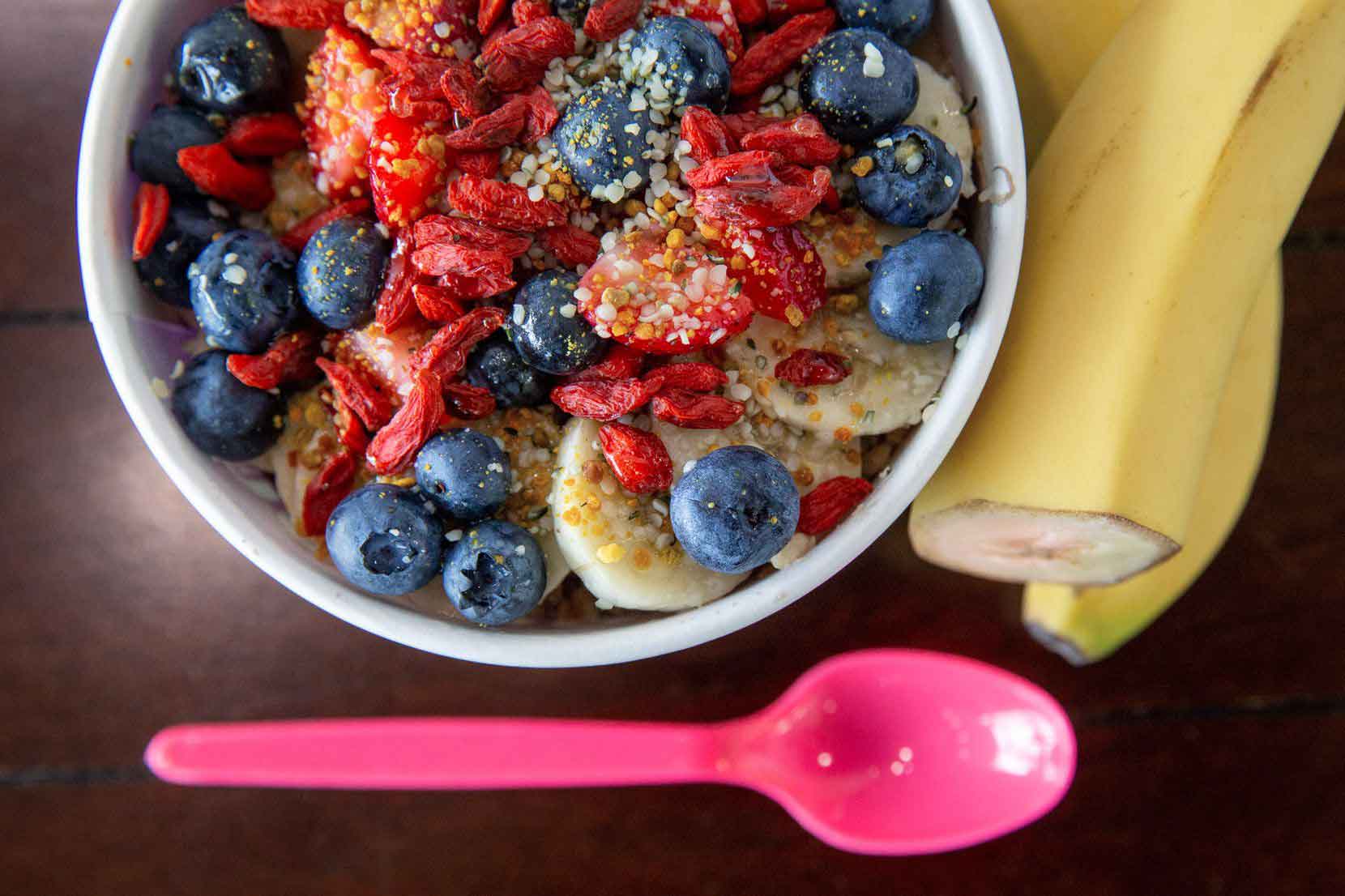Ваша моцарелла не тянется или горит? Секрет в науке. От процесса «паста филата» до решающей роли созревания...
Поиск в блоге
Категории блога
Последние посты

Французский морковный салат (Carottes Râpées) - это полезная и вкусная закуска, которая готовится менее чем за 15...

Знаете ли вы, что смена сезонов влияет на ваше здоровье, настроение и даже гены? Узнайте, как жить в гармонии с...

Что такое эффект Даннинга-Крюгера? Узнайте, как этот феномен влияет на нашу жизнь, и научитесь избегать его ловушек...

Узнайте о подсолнечном меде, его лечебных и биохимических свойствах, истории и способах определения чистого меда.
Популярные посты





Популярные сообщения











Последние комментарии